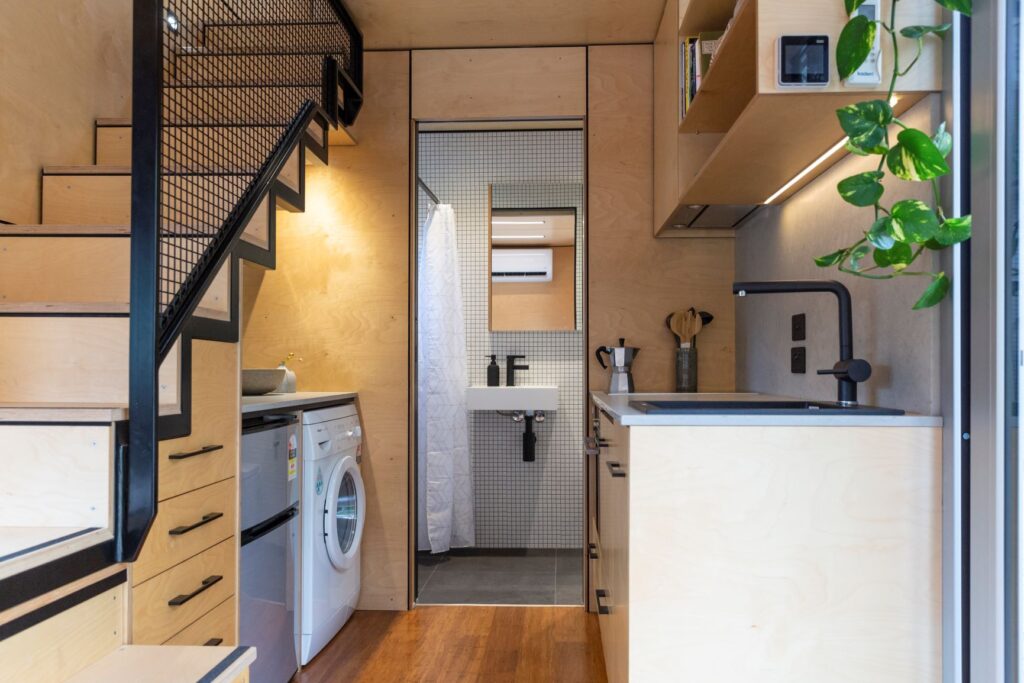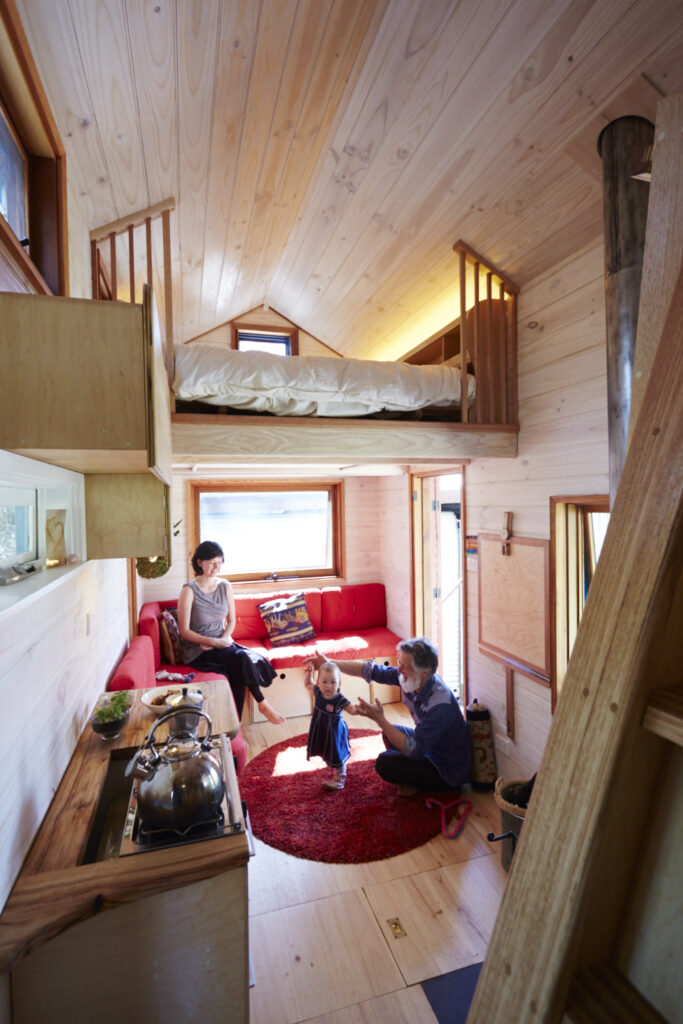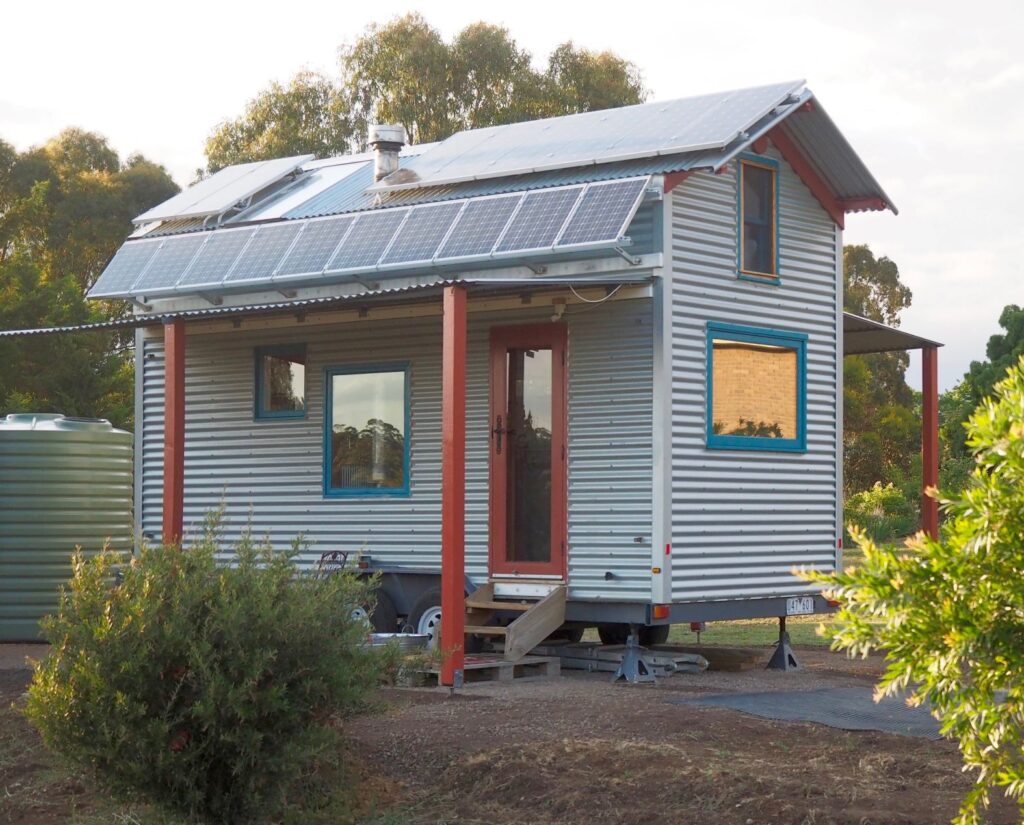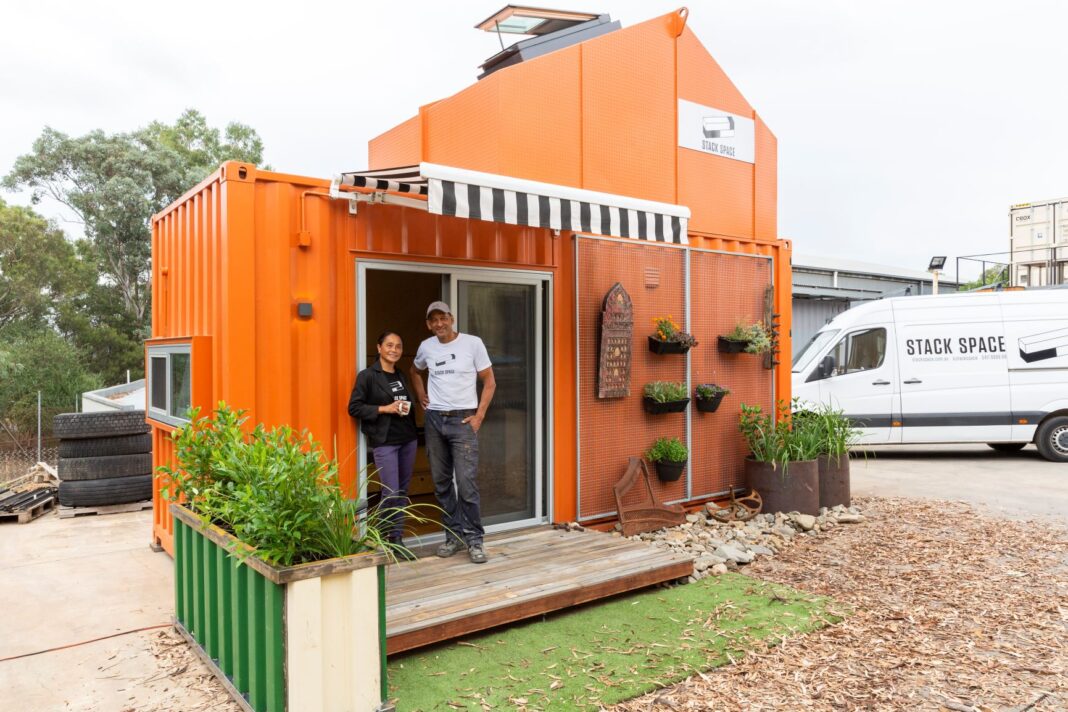Offering sustainability and affordability, the tiny house movement is gaining momentum across Australia – but there’s plenty to consider before opting to downsize.
One of the first decisions prospective tiny home owners need to consider is the type of tiny home they want to invest in, such as on wheels, shipping containers, yurt, etc.

Once you’ve decided that, tiny house builder and educator Fred Schultz of Fred’s Tiny Houses in Victoria, says “you have to really know what your local government’s attitude is towards tiny house living before progressing”.
Locally, an ACT Government spokesperson advises that greater diversity of housing and increased density (such as through more tiny homes or secondary dwellings) could “potentially contribute to improved housing affordability, by increasing housing supply and offering more options to people at a greater range of price points to suit their incomes and budgets”.
“During the consultation on a new Housing Strategy, there were many suggestions from the community asking for greater diversity of housing types and more flexible planning rules to allow better support for tiny homes, more secondary dwellings, or modular homes that could potentially be expanded in future.”
In terms of a tiny house on wheels, Fred says they are usually classified as caravans so they have to meet the road vehicle standards.

“What you are building or having built is a vehicle first and foremost. You can’t take standard building practice and appreciate that it will work on a vibrating structure,” he says, while locating it also poses a grey area. “In many places you are not allowed to live in a caravan fulltime.”
Fred says it’s important to be well informed and recommends people contact their local government for rules and regulations surrounding their tiny house project.
But why do people choose the tiny house lifestyle? Cost is a major factor.
According to Fred, a tiny house on wheels can be equipped with necessities like a bed, kitchen and bathroom; can move with you as your life changes; and can cost as little as $30,000 in materials.
This idea of affordability and flexibility is shared by Retlaw Compton and Janet Thomson of Stack Space in Queanbeyan, who convert shipping containers into accommodation.
“What we offer with our product is really the ability to add another module on. So if you are a young family and you only have one child, you don’t have a lot of finances, you live within those means,” Janet says. “But if you have another child and don’t want to look for another house, you can actually buy another module … and add it on as your needs grow. In the future when you are looking at downsizing, you can sell that on so it actually becomes an attractive proposition.”
While the concept of tiny house living sounds good, Janet says it’s important people consider what their needs are.
“A lot of people have never really experienced living in a compact space because that’s just not the way Australians live,” she says.
But, with the right design, Janet says “you can make the space look quite generous” and families can live in a small footprint.

“For us, the sustainability factor is not about having a big house with lots of fancy gadgets that are so-called ‘energy saving’ but actually living a small footprint,” she says.
This is reflected in the designs offered by Stack Space, which feature sustainability through considered re-use, recycling and re-purposing of materials (including the shipping containers); double glazing, uPVC doors and windows, and insulation.
Tiny houses allow people to have alternate housing arrangements that are affordable to them. The main obstacle for anyone wanting to live in a tiny house in Australia is navigating local government regulations. Fred’s Tiny Houses has a database collating information on council regulations pertaining to tiny houses on wheels in Australia. For more information, visit fredstinyhouses.com.au
Toilet technology
Depending on your tiny house plans, you may be after a simple-to-use waste solution that does not require water, plumbing or the hassle of a disruptive renovation upon installation. New to the Australian market is Cinderella Incineration Toilets; an option where clean water is in short supply or a sewerage system is not present.
According to Helene Norman-Dupuy, sales and aftermarket director at Cinderella Eco Group, Norway, a family of four people will save around 450 litres of water per week and only produce a handful of clean ash with a Cinderella Eco Toilet; cinderellaeco.com/au/
For more:



